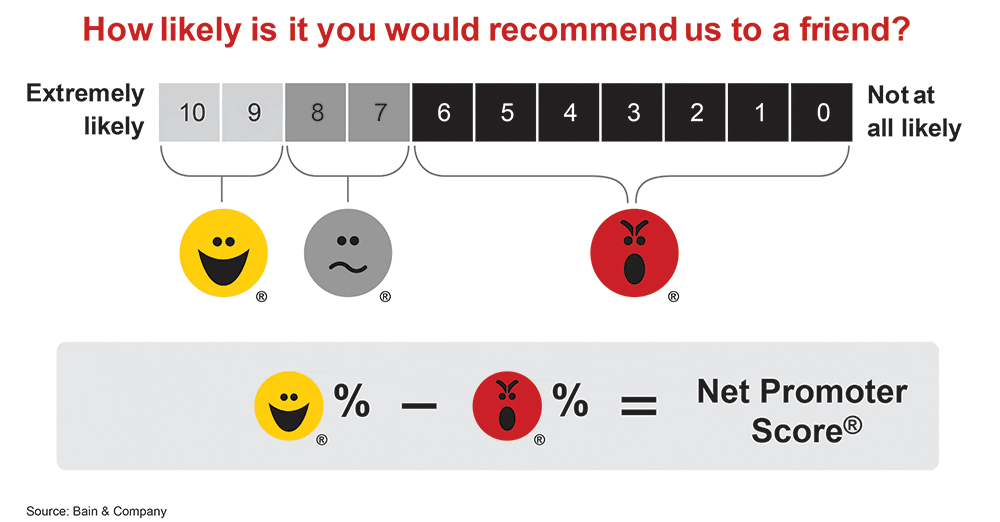Chiropractic practice valuation is part art, part math, and a healthy dose of understanding the current environment. The value of a chiropractic practice comes into play anytime the practice changes hands, looks for investors, or seeks financing.
Even if you are years from retirement, it doesn’t hurt to keep an eye on the value of your practice. You don’t want to wait until you sell to build the value of your practice. When it comes time to sell or buy a chiropractic practice, you’ll work with professionals to determine the value. Until then, you can come up with an approximate chiropractic practice valuation using one of the methods described below. In addition, you’ll find ways to influence the value of your practice too.
Discretionary Earnings Over Time
Potential buyers who are concerned with the value of discretionary earnings over time want to take a higher salary or use earnings to pay additional expenses. This chiropractic practice valuation method lets buyers know the amount of unallocated income available for redistribution.
To calculate discretionary income, you must first pick a time frame. The most common span is 3 years, but you may find a 5-year time frame more favorable if your practice experiences volatility.
Discretionary earnings over time takes your gross income and subtracts fixed expenses such as rent, salaries, and insurance. This is similar to EBITDA, in that the calculation does not include taxes, interest payments, depreciation, or amortization.
You can increase the value of this metric in two ways. First, you can reduce fixed expenses. This is generally very difficult. Second, you can increase revenue. Increased revenue can come from maximizing the customer lifetime value or creating new streams of revenue with new services.
Debt Capacity Valuation
Very few buyers will come to the table armed with a suitcase full of cash. Chiropractic practice buyers will most likely need financing to complete the acquisition. The debt capacity valuation metric tells buyers if they can service the debt required to acquire the practice. This valuation method is also used by lenders to determine the creditworthiness of a borrower. If the debt capacity valuation can’t support your asking price, your price is probably wrong.
This practice valuation method sets a value that gives a buyer enough time and cash flow to service the acquisition debt, be paid market value for the professional services they render, and set a realistic valuation on practice goodwill.
Calculate debt capacity by projecting the amount of income that must be generated to meet all fixed and variable practice expenses, pay the chiropractor the market rate for compensation, and amortize the debt used to purchase the practice.
In addition to telling buyers how much debt the practice can service; it gives them an indication of how much salary the practice can afford to pay. The buyer may want a higher or lower salary.
Unfortunately, this valuation method is difficult to influence as one key factor is out of your control -the interest rates charged by banks.
However, you have control over the revenue stream. Influence this valuation by adding new streams of revenue or increasing the additional streams.
Market Value
This approach to chiropractic practice valuation relies completely on what similar chiropractic practices are currently garnering at a sale. It is based on the assumption that a buyer won’t pay more for a comparable practice.
So, for example, if local practices similar to yours are selling at 75% of gross receipts, then you can expect to receive about the same for your practice. Look at your gross receipts, figure 75% of this amount, and that’s the approximate market value.
The problem with this approach to valuing a practice is that not all practices operate at the same profit level. You can have two practices in the same city, and both are generating gross receipts of $750,000. Now if one of those practices has high overhead, it really shouldn’t be given the same value as a practice with the same gross receipts and much lower overhead. Clearly, the second has much more profit potential than the other.
There’s no way to change this value – the market is what the market is. But you can position your practice to generate more revenue and more profit by adding new, highly profitable income streams.
Factoring in Intangibles
When valuing any business, there are intangibles to consider as well. In the case of a chiropractic practice, these include:
- Growth rate
- Relationships and referrals with other professionals
- Intellectual property
- Location
- Mix of payors
For example, a practice with a robust growth rate will be valued higher than a practice with an anemic growth rate.
New Revenue Streams to Increase Chiropractic Practice Valuation
Even if you don’t plan on selling your chiropractic practice in the next year or two, it is always good to consider how you can increase the value of your practice.
The amount of revenue and profitability are the key drivers of chiropractic practice valuation. To increase value, you need to generate more revenue and add profitable lines of business. Supplements may be the way to supplement your revenue. For a no-obligation consultation, talk to the chiropractors at Nutri-West of New York. You’ll find out if nutritional supplements fit with your practice and provide a way to increase patient satisfaction, revenue, and the value of your practice.











